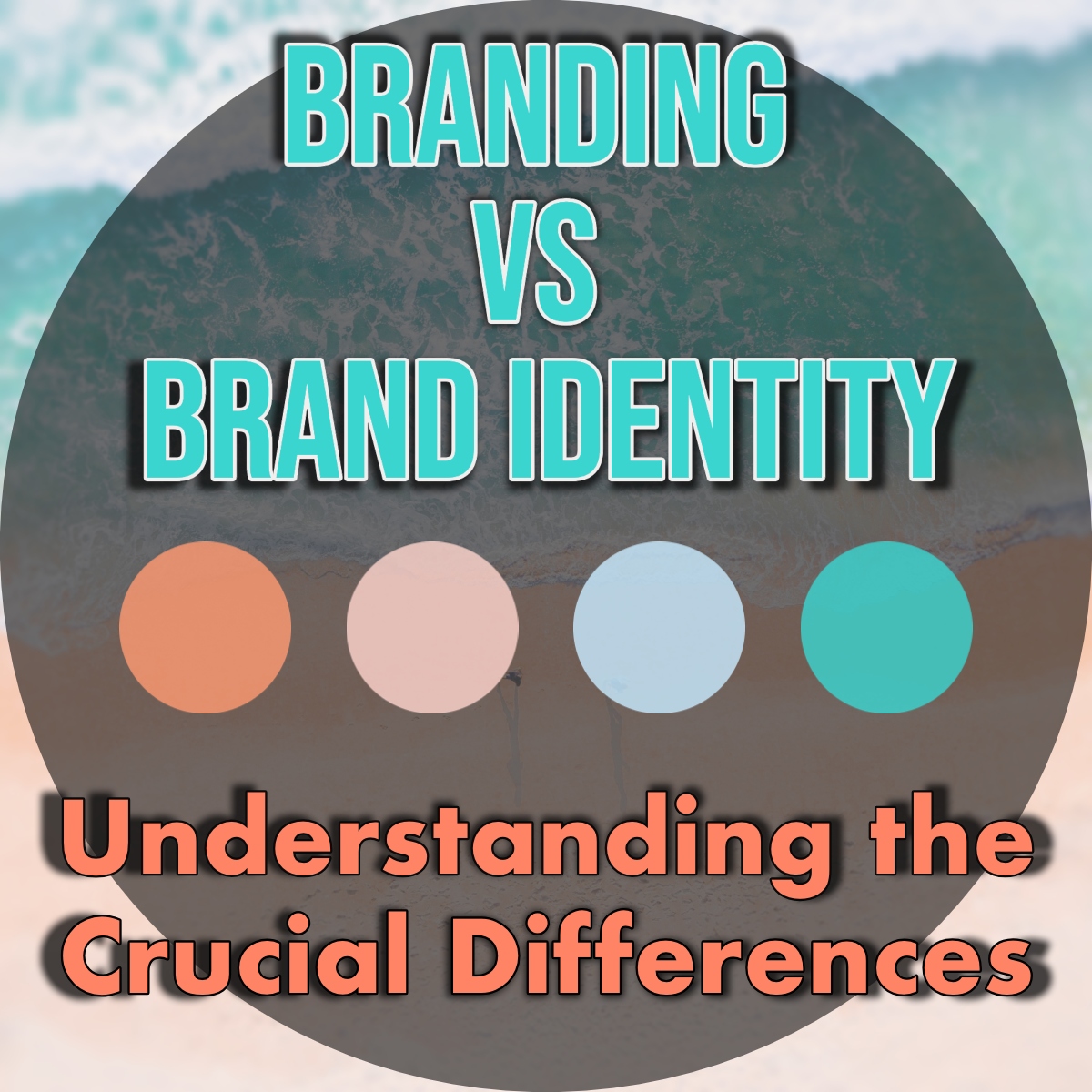When it comes to marketing your business, the terms “branding” and “brand identity” are often used interchangeably. However, these two concepts actually refer to different aspects of your company’s image and messaging. Understanding the differences between branding and brand identity is crucial for building a successful marketing strategy that effectively communicates your values and personality to your target customers.
Branding vs Brand Identity
Defining Branding
Branding vs Brand Identity: When it comes to creating a strong brand, there are many crucial elements to consider. Defining your company’s values and personality is just the beginning. You also need to craft a unique voice and message that resonates with your target audience.
Building a positive reputation in the minds of your customers is key to establishing a strong brand identity that sets you apart from competitors. By developing a well-crafted brand, you can make your business easily recognizable to consumers and build a positive perception of your company in the minds of your audience. Remember, a strong brand is an investment in the future success of your business.
Developing Your Brand Identity
Branding vs Brand Identity: Your brand identity is a crucial aspect of your overall marketing strategy. It encompasses all the visual elements that help reinforce your brand’s message, including your logo, color scheme, typography, and other unique design features. A consistent and cohesive brand identity across all marketing materials, from your website to social media profiles, is essential in promoting a memorable and trustworthy image that resonates with your target audience.
To improve your brand identity, you may consider conducting a comprehensive brand audit to identify areas of improvement and ensure consistency across all marketing materials. This process involves analyzing your current brand identity and positioning, identifying your target audience, evaluating your competition, and aligning your messaging and visual elements with your brand values.
Expanding your brand identity involves exploring new ways to differentiate yourself from your competitors, such as incorporating new design elements, experimenting with new color schemes, or exploring different typography options. You may also consider expanding your brand presence on new platforms and mediums to reach a wider audience and increase brand awareness. Remember, a strong and consistent brand identity is key to building brand loyalty and creating a lasting impression on your customers.
Why Branding and Brand Identity are both important
Branding vs Brand Identity: Developing a successful marketing strategy requires a clear understanding of branding and brand identity. While branding is important, it’s equally crucial to ensure that your brand identity is consistent and strong. Failing to do so might result in confusion and a dilution of your brand’s message.
On the other hand, even if you have a great brand identity, it’s essential to effectively communicate your brand’s values and personality to your target audience. This will help you establish a distinct position in your industry and make your brand stand out from competitors. Therefore, it’s essential to invest time and effort into both branding and brand identity to create a cohesive and successful marketing strategy.
Branding vs Brand Identity FAQs
Q: What are some examples of branding versus brand identity?
A: An example of branding might be a company’s slogan or mission statement, while an example of brand identity would be their logo or color scheme.
Q: Can you change your brand identity without affecting your branding?
A: It is possible to change your brand identity while still maintaining your core brand messaging and values. However, it’s important to ensure that any changes to your brand identity are done deliberately and consistently in order to maintain a cohesive image.
Q: How can you improve your branding and brand identity?
A: Improving your branding and brand identity involves identifying your target audience, understanding your competition, and developing a unique voice and personality that resonates with your audience. It may also involve updating your visual elements (such as your logo or website design) to reflect your brand’s personality and values better.



